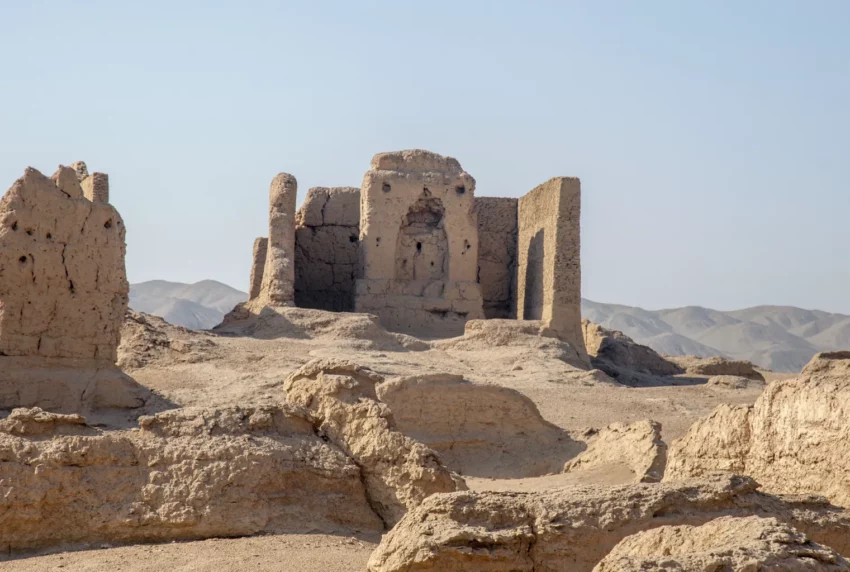Exploring the Historical Significance of the Jiaohe Ruins
The Jiaohe Ruins, a former capital of the Jushi Kingdom, stand as a testament to ancient urban planning and cultural evolution. Located in the Yarnaz Valley, 10 kilometers west of Turpan, Xinjiang, China, these ruins offer a unique glimpse into the past. The city, strategically positioned on a steep plateau, was naturally fortified by steep cliffs. This location provided defense against invasions, showcasing the ingenuity of its inhabitants.
Get your dose of History via Email
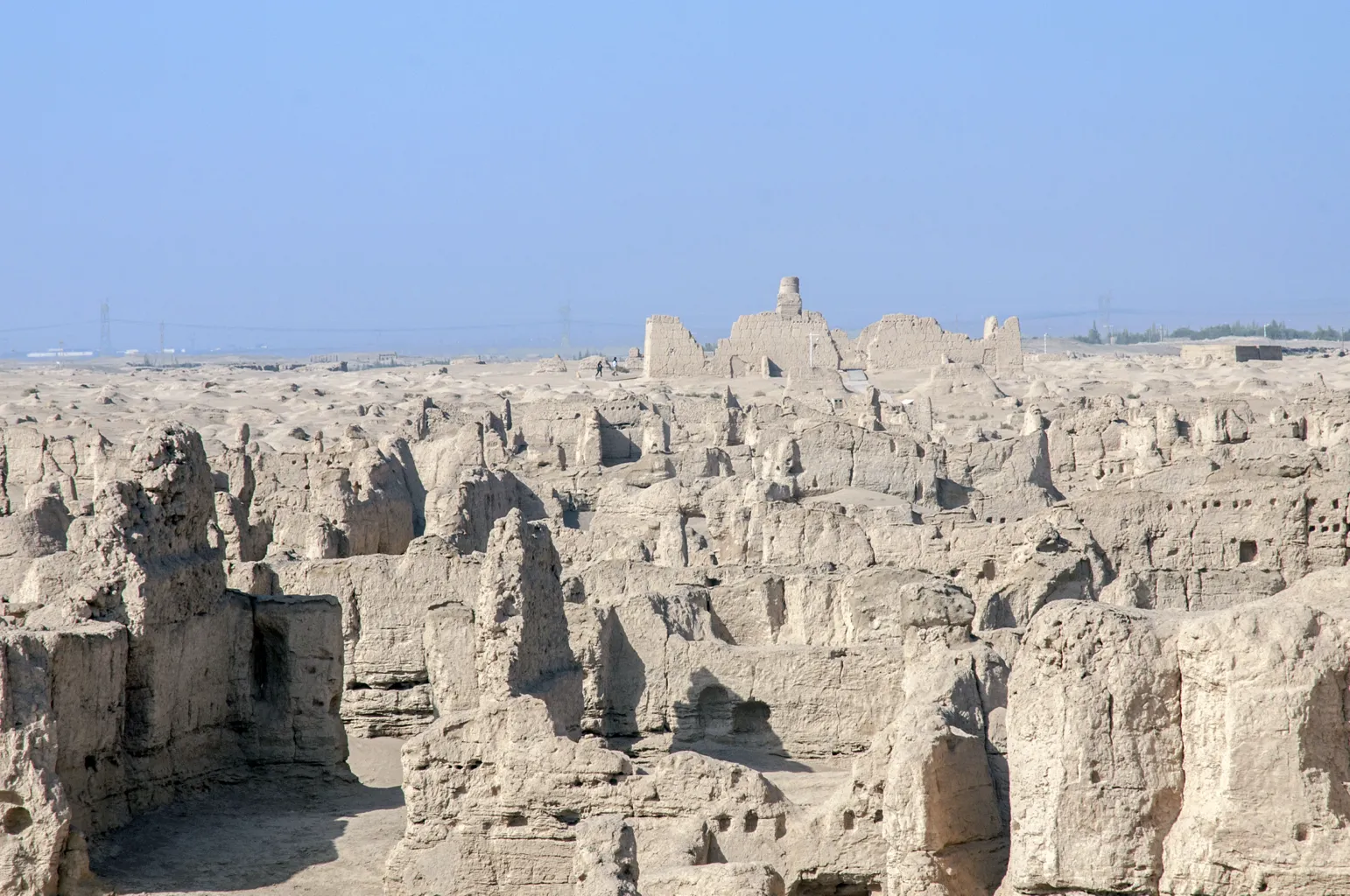
Historically, Jiaohe was a significant trading hub on the Silk Road. This facilitated not only economic prosperity but also cultural exchanges between the West and the East. The city thrived from the 2nd century BC until the 13th century AD. It was during this period that Jiaohe became a melting pot of diverse cultures, including Chinese, Indian, and Persian influences.
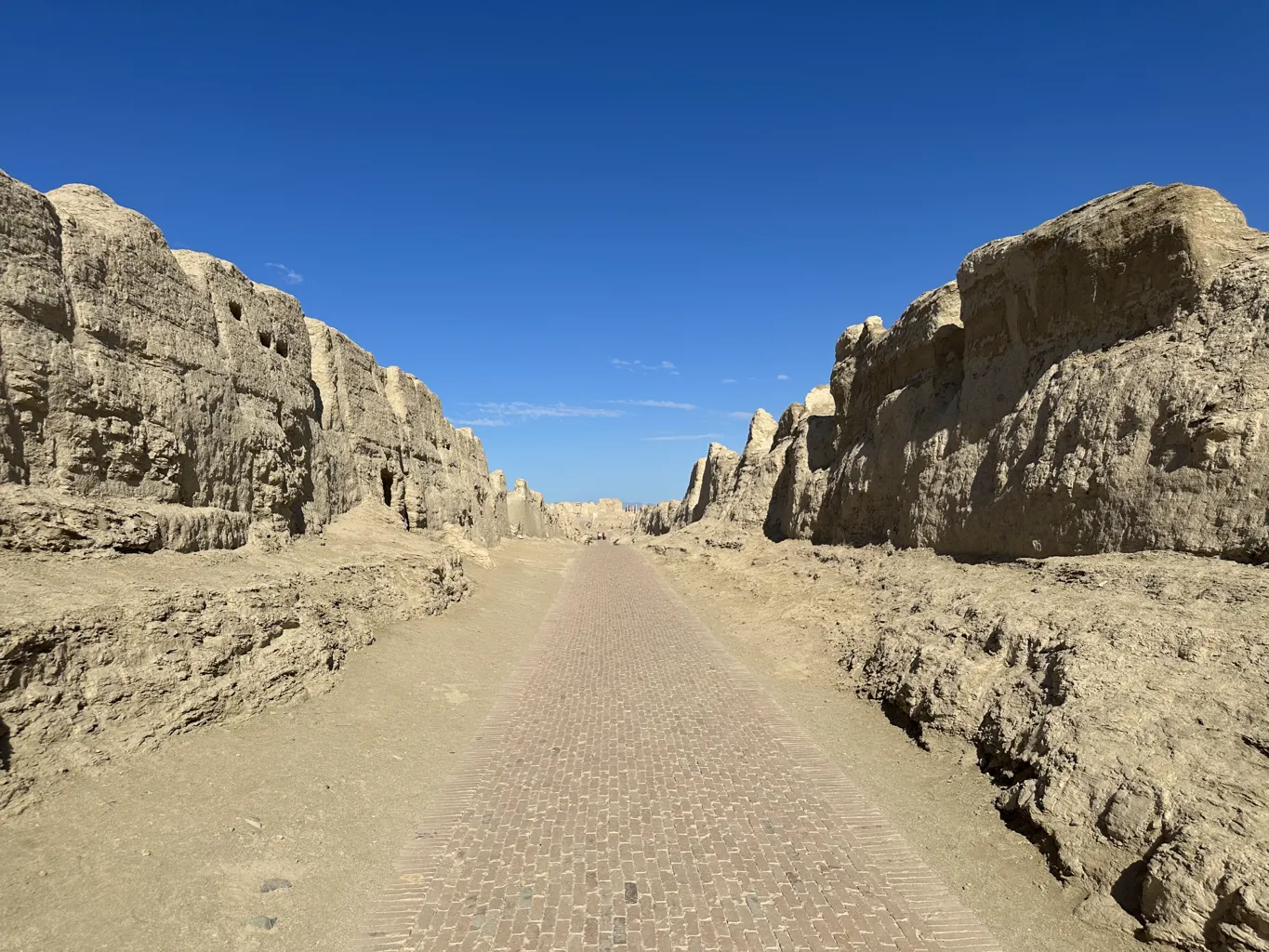
Architectural Insights from the Ruins
The ruins of Jiaohe are remarkable for their architectural layout. The city’s design reflects a well-planned urban space that prioritized both functionality and security. The streets of Jiaohe were narrow, a strategic choice that likely served to control wind speed and sand accumulation, common issues in arid regions. Moreover, the city featured a main street that divided the residential and governmental sectors, indicating a clear organizational structure.
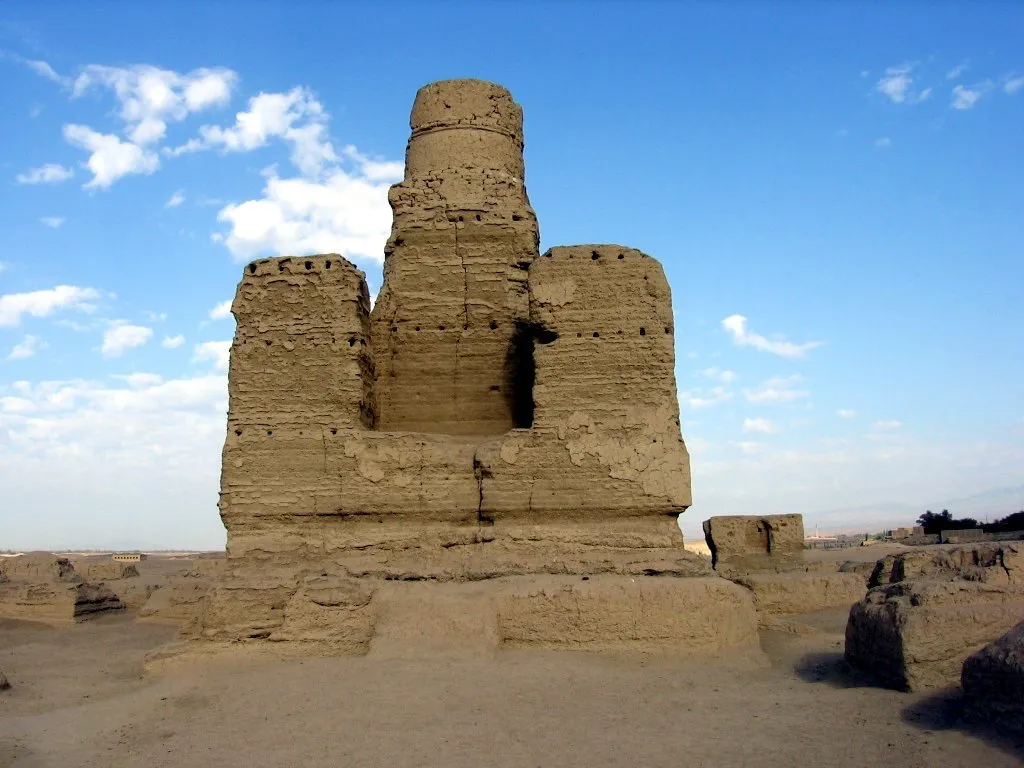
One of the most intriguing aspects of Jiaohe’s architecture is the absence of city walls. Instead, the residents relied on the natural barriers provided by the two steep river valleys. The dwellings and government buildings, primarily constructed from mud bricks, have withstood the test of time, offering valuable insights into the construction techniques of the era.
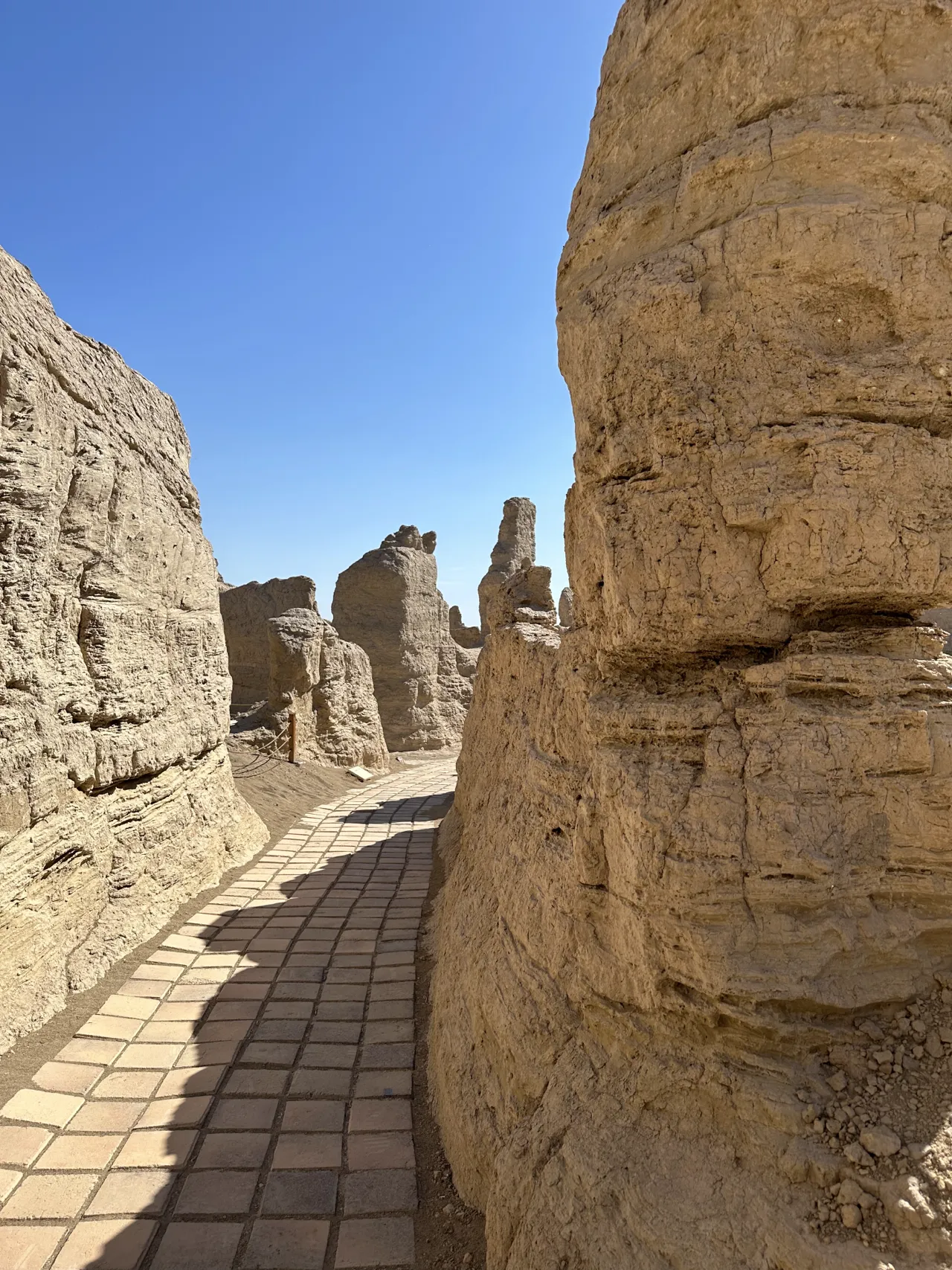
Cultural and Historical Impact
The Jiaohe Ruins not only reveal architectural advancements but also provide evidence of the cultural richness of the region. The city was a center for Buddhist activity, as evidenced by the numerous temples and stupas found within its limits. These religious sites illustrate the spiritual life of the Jiaohe inhabitants and their connections with other Buddhist regions along the Silk Road.
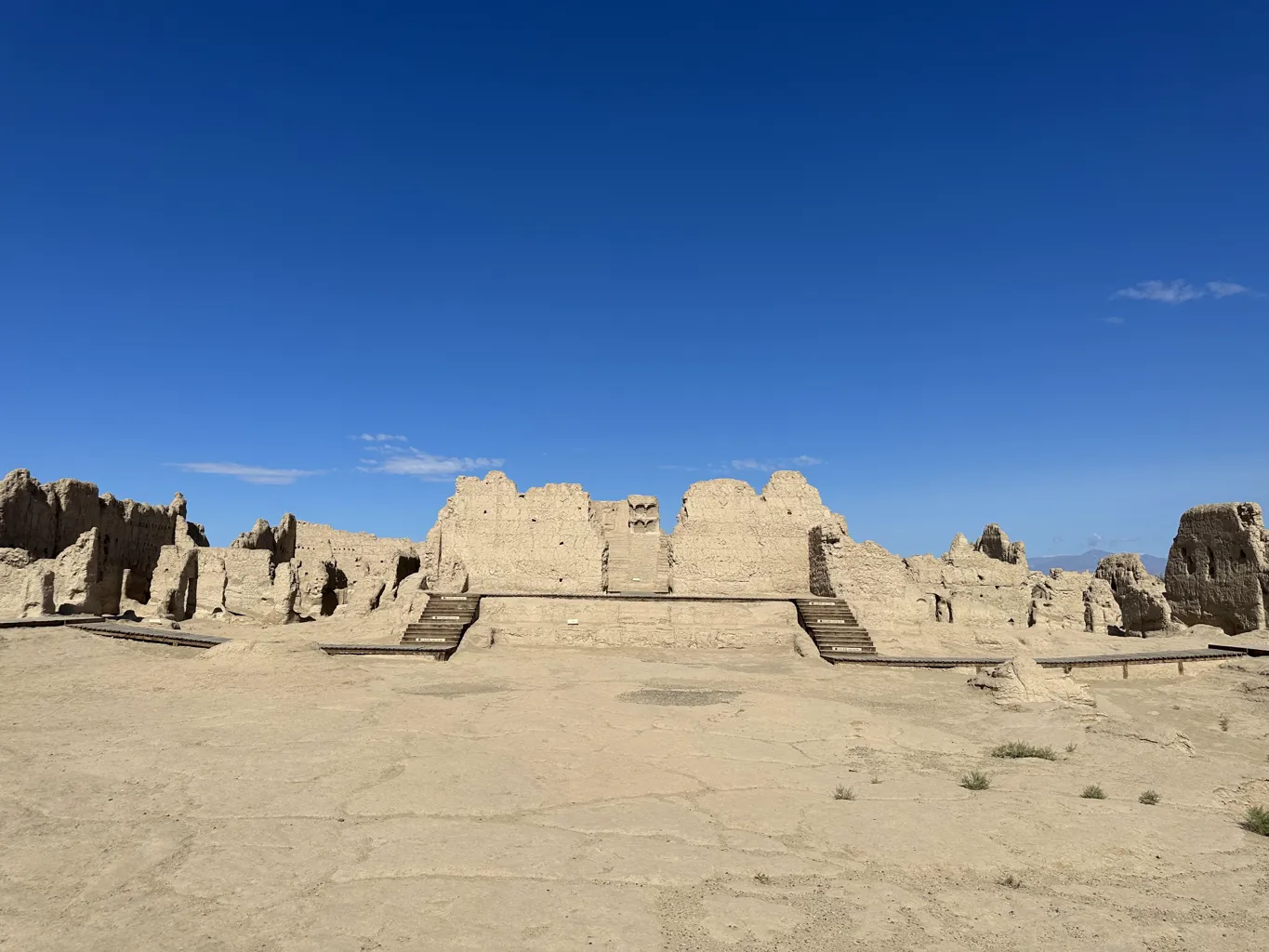
Preservation and Archaeological Efforts
Today, the Jiaohe Ruins are recognized as a UNESCO World Heritage Site, highlighting their global importance. Preservation efforts are crucial in maintaining the integrity of the site. Archaeologists and historians continue to study Jiaohe to uncover more about its history and to ensure its stories endure for future generations. These efforts not only help preserve a physical site but also safeguard the intangible heritage of human civilization.

In conclusion, the Jiaohe Ruins serve as a crucial link to our understanding of ancient urban development, cultural diversity, and historical continuity along the Silk Road. They remind us of the dynamic exchanges that shaped the histories of multiple civilizations across continents. As we continue to explore and preserve such sites, we gain not only knowledge but also a greater appreciation for the complexity and interconnectedness of human history.
Sources: Wikipedia

